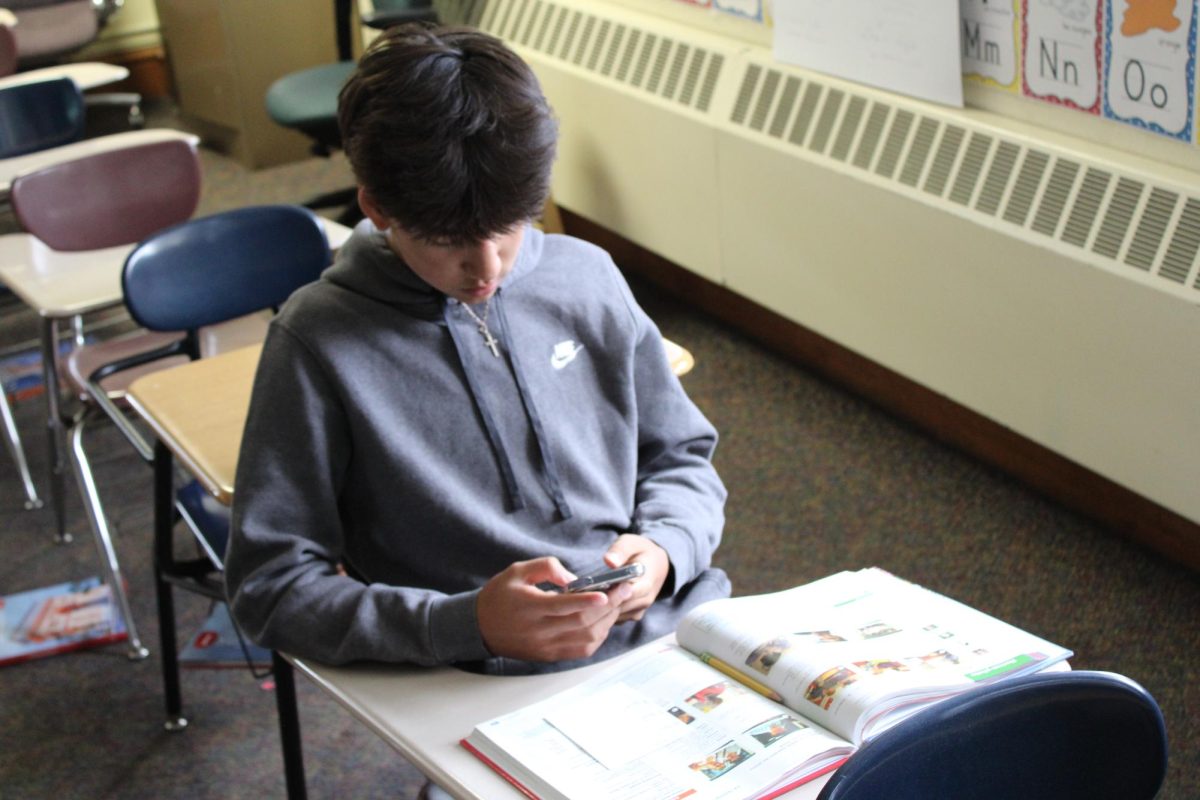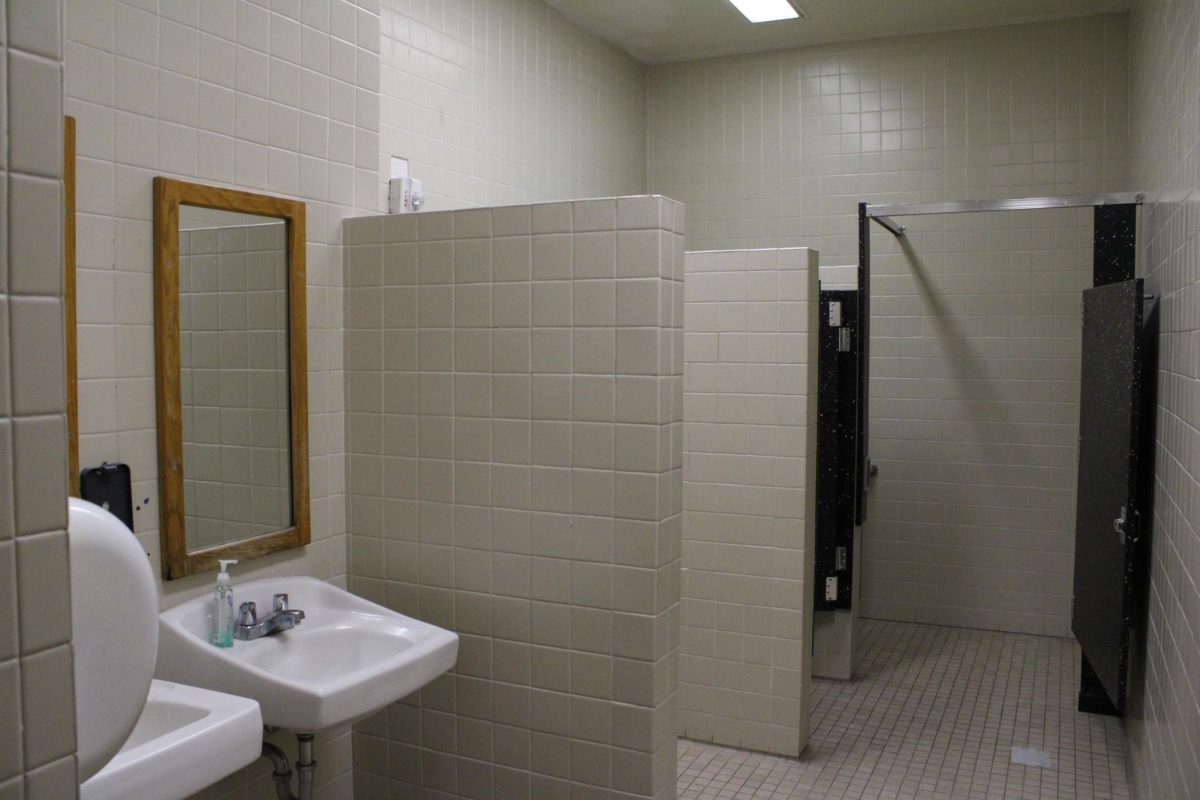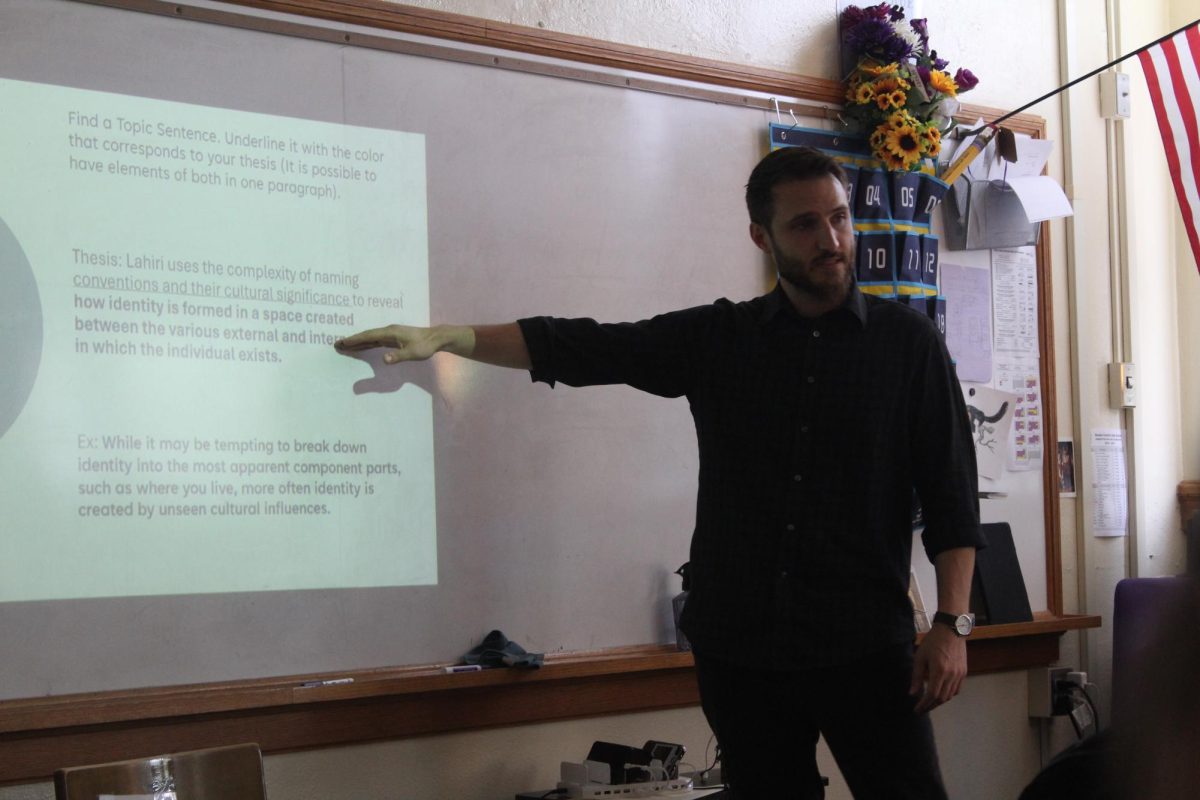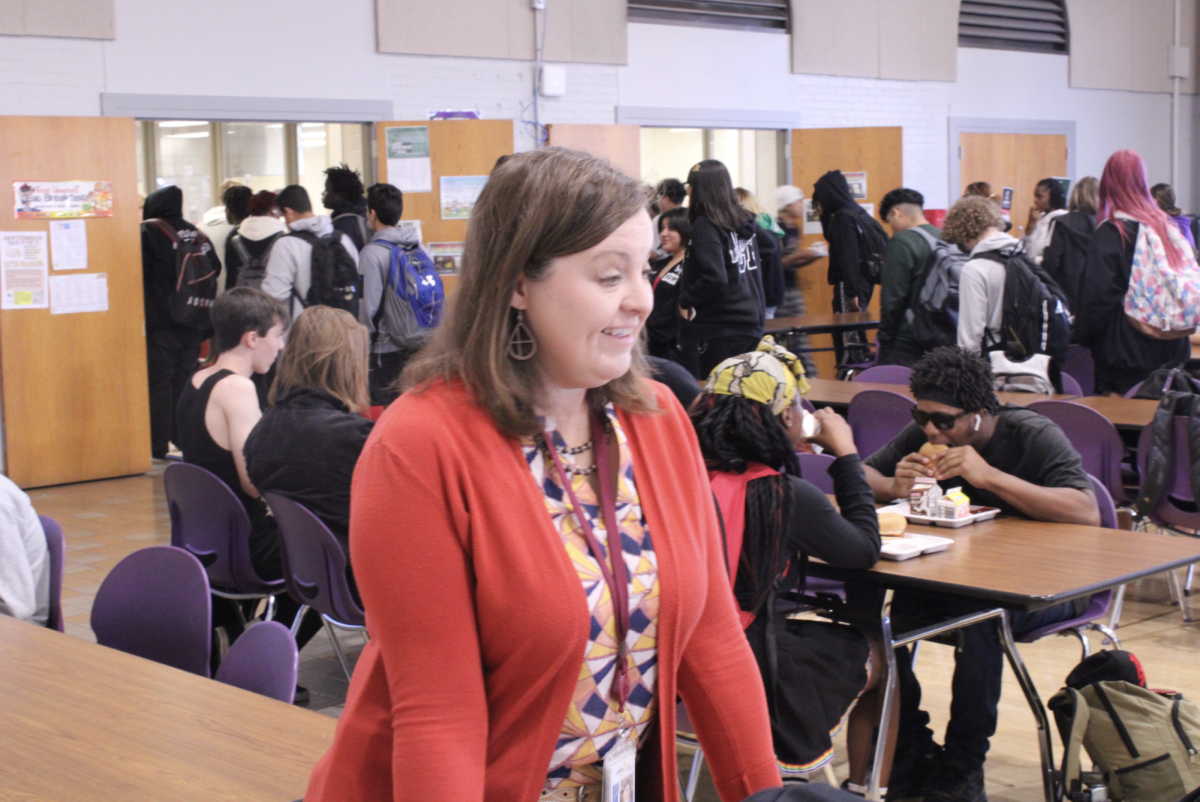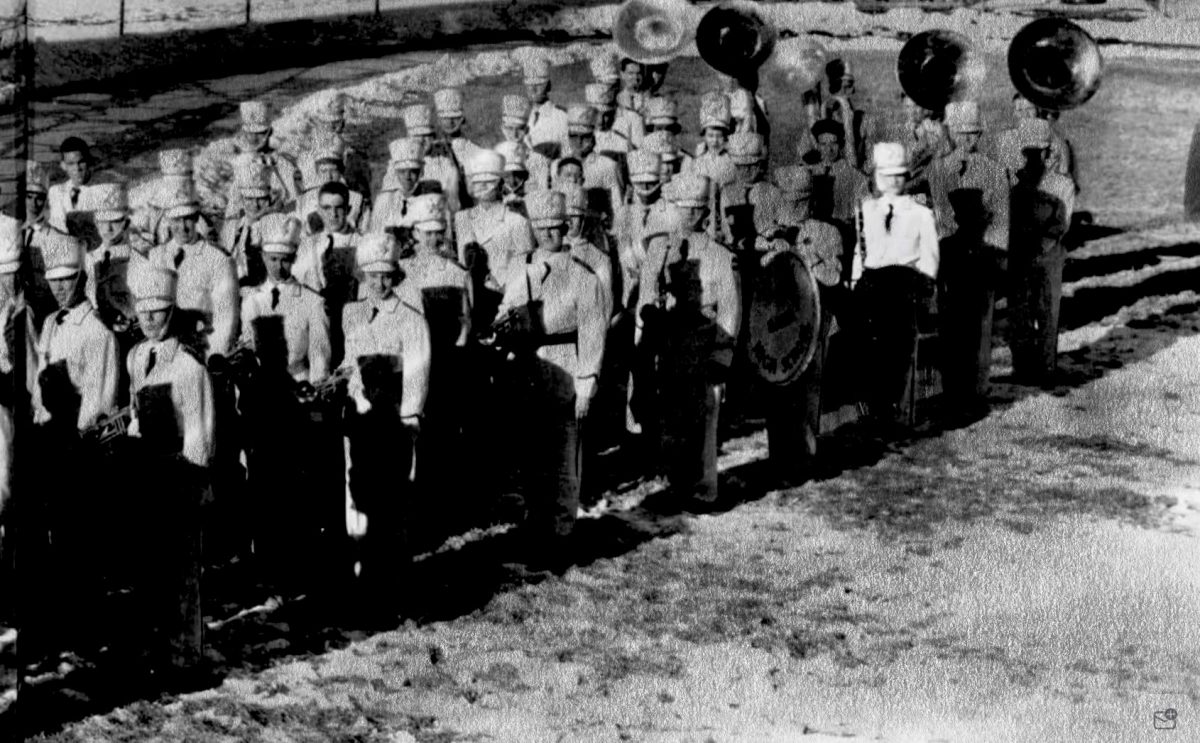Year-round schooling is an attempt to solve the lackluster mid-year breaks followed by a massive year-end break in the current system, which often causes burnout and lowers grades. In the year-round system, students get a two-week spring break, a four-week winter break, and a full week off for Thanksgiving, but the summer break is cut short.
So, why would a school want to switch to year-round schooling? There are a few reasons. For one, it’s newer and more practical. Nothing else in the world runs like school, most notably jobs, and people will not be prepared to not have a summer break when they leave school. It can also help prevent student and teacher burnout. The theory is that more breaks equal less stress, and therefore less burnout.
I disagree.
For one, this is basically dodging the problem. Yes, you might have less burnout, but you’re only getting that burnout because school starts incredibly early. Several studies, most notably one from the American Academy of Pediatrics, have shown that schools should start from 8:30 a.m. to 9 a.m. Central starts at 7:40 a.m., and instead of acknowledging that we are sending high schoolers to school one or two hours before advised, some schools are essentially choosing more breaks (but less summer) instead – clearly the wrong option.
But that’s not the only problem. Additionally, this causes massive problems with scheduling for parents. For example, during the proposed spring break, parents of elementary students would have to set aside two whole weeks to ensure that their child is watched and cared for. This wouldn’t be a problem for high school and even middle school students, but this will cause massive problems for the parents of elementary students. One could argue that we just don’t implement this schedule in primary schools, but this causes a problem. Kids grow up for six years with the same system, then it drastically changes in sixth grade where they lose a large part of the most anticipated break of the school year.
One could argue that summer vacation already has this problem inherently; as I mentioned earlier, jobs don’t tend to feature a summer break. But parents are already used to that system. Most parents are already aware that when their children start school, they will not have school over the summer. Year-round schooling is far too new for it to not cause problems with scheduling because parents won’t be used to it.
And lastly, it screws up several norms that are important for high schoolers. Summer jobs? Gone. Summer parties? Gone. Summer sports and summer camps? Gone. While much of the school system was not made with the kids themselves in mind, this schedule in particular just doesn’t match these norms and expectations. A summer job is vital to becoming an adult because it gives students a taste of what it’s like to work a full-time job. The year-round schedule robs students of that, and a lot of them can’t even get a winter job to compensate. Winter jobs are far less common; odds say any winter job one might try to get will probably be taken.
But the true problem is that there’s not a practical third option. Yes, four-day weeks exist, and they are proven to be beneficial to mental health, but they run into the same problem as a year-round school with parents’ schedules. The only way a four-day school week can work is if it is city-wide and applies to jobs as well.
The choices consist of the current “bad system,” the year-round schooling that screws with both elementary and high school students, and a system that would work perfectly if it were the norm – the four-day week. And no matter the intentions – that band-aid fix – the year-round school year is the worst option.


